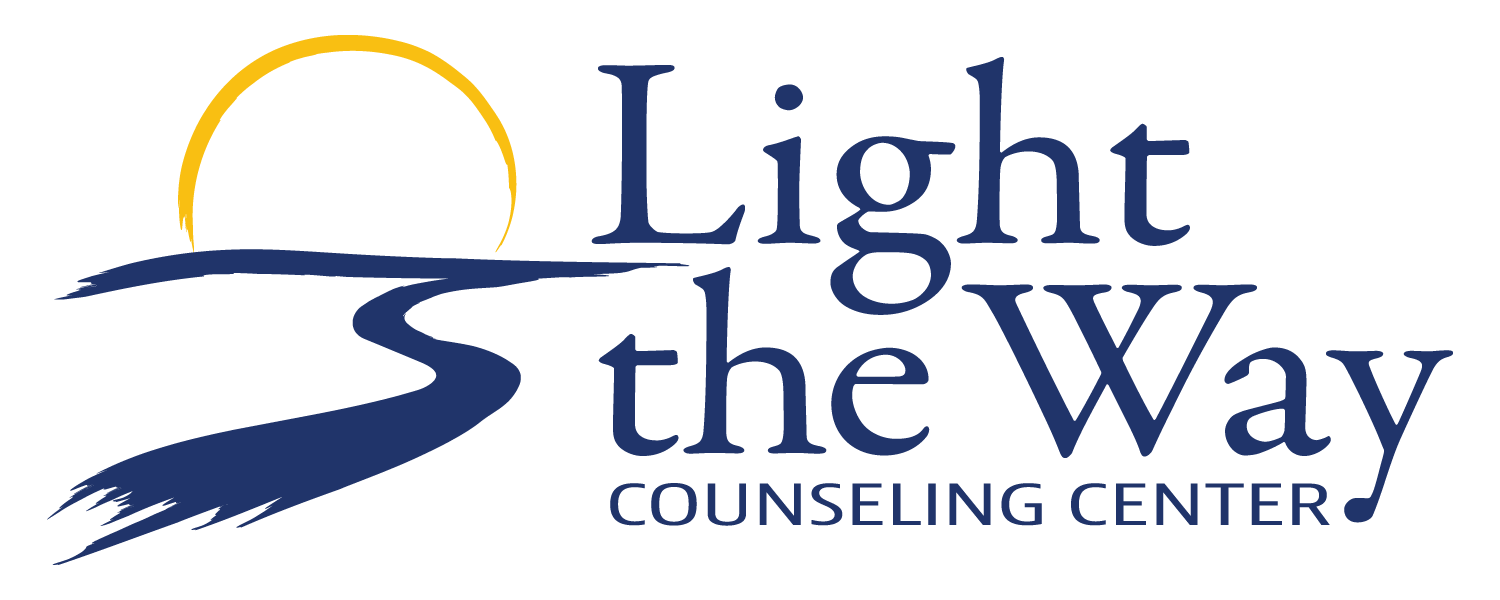Do I Have ADHD?
Understanding ADHD
Navigating the complexities of Attention Deficit Hyperactivity Disorder (ADHD) requires a comprehensive understanding of its various facets. In this blog series, we delve into the intricacies of ADHD, exploring its definitions, prevalence, and the significant impact it has on individuals. Join us as we explore ADHD, moving from awareness to a deeper understanding.
What is ADHD?
ADHD is a neurodevelopmental disorder marked by ongoing patterns of inattention, hyperactivity, and impulsivity. It has three main types: predominantly hyperactive-impulsive, predominantly inattentive, and combined. Dr. Daniel Amen of Amen Clinics divides ADHD into 7 categories. For this series, we will explore the inattentive and hyperactive forms of ADHD. People with ADHD often experience additional challenges like anxiety, mood disorders, substance abuse, sleep issues, and learning disorders.
Do I need to care if I have ADHD?
ADHD impacts 9.4% of children, 3.2% of adult women, and 5.4% of adult men. Beyond the numbers, it's crucial to grasp the impact. Untreated ADHD in children doubles the risk of substance abuse disorders later in life. Over 25% of those seeking substance abuse treatment also have ADHD. Adults with ADHD face higher risks of accidents, speeding tickets, license suspensions, and divorce. Genetics contribute significantly, with up to 70% of ADHD diagnoses having a genetic factor.
Potential Signs of ADHD
Difficulty Paying Attention and Staying Focused:
People with ADHD may find it hard to concentrate on tasks and often get easily distracted by things around them. They might daydream frequently or lose track of their thoughts.
Trouble Following Through on Tasks:
Starting tasks isn't the problem, but finishing them can be challenging. Procrastination and difficulty organizing thoughts and materials are common challenges.
Forgetfulness and Disorganization:
ADHD individuals often forget appointments and deadlines, misplace items regularly, and may live or work in a disorganized space.
Restlessness and Constant Fidgeting:
It's common for those with ADHD to struggle with sitting still for a long time, engage in constant fidgeting or tapping, and make impulsive movements without apparent reason.
Excessive Talking and Frequent Interruptions:
People with ADHD might talk excessively, dominate conversations, and interrupt others without waiting for their turn. Active listening can be a challenge.
Engaging in Risky Behavior Without Considering Consequences:
Common traits include acting impulsively without considering the consequences, taking risks without assessing potential dangers, and struggling to foresee outcomes.
Procrastination and Difficulty Starting Tasks:
ADHD individuals often delay starting tasks until the last minute, have trouble initiating studies independently, and face challenges with task initiation.
Challenges with Time Management and Punctuality:
Managing time can be difficult for those with ADHD, including estimating how much time tasks will take, running late for appointments or meetings, and struggling to manage their time effectively.
In wrapping up, getting to the heart of Attention Deficit Hyperactivity Disorder (ADHD) means understanding it from different angles. We've covered what it is, how common it is, and what impact it can have. This sets the stage for our next chat about "Strategies for Managing ADHD."
Get ready for some hands-on tips and approaches that can make dealing with ADHD easier.
About Moises
Moises enjoys helping individuals, couples, and families find peace and cultivate meaningful relationships. Moises is available in Midland Park and telehealth. Sessions are available in English and Spanish.


